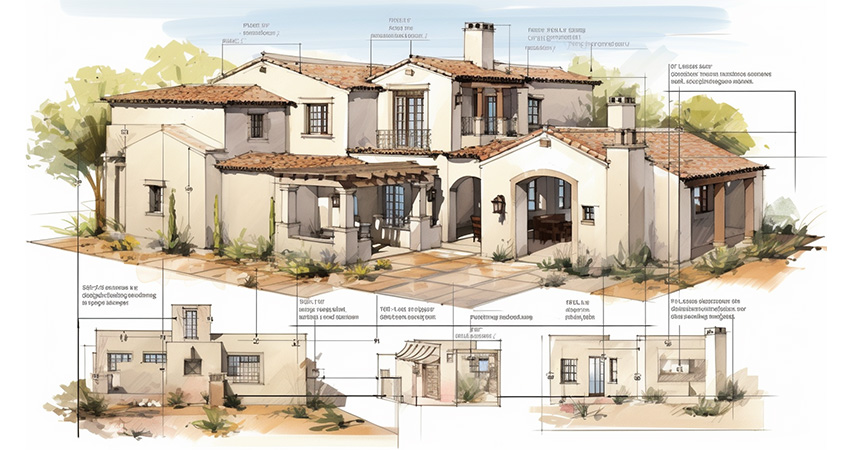
Introduction
When it comes to building a home, understanding the relationship between house size and cost per square foot is essential. Making informed decisions regarding house plans and budgeting can save you from potential pitfalls and help you create a home that aligns with your needs and financial goals. In this article, we delve into the factors influencing cost per square foot and highlight the importance of considering size when embarking on a home-building project.
The Truth about Price per Square Foot
Price per square foot is a widely used metric for comparing homes, whether new or used. However, it’s essential to recognize that there are numerous factors that impact the price per square foot. While it serves as a useful point of comparison, relying solely on this metric can be misleading. Many builders of custom homes capitalize on this confusion and advertise low dollar per square foot rates to attract buyers. To make an informed decision, it’s crucial to look beyond the surface-level price per square foot and consider the various components that contribute to the overall cost.
Exploring the Relationship
Let’s take a closer look at how house size affects the cost per square foot. In a scenario where two houses are built with the same techniques, materials, finishes, and features, adding additional square footage to one of the houses can result in a lower cost per square foot. This is because the added space primarily requires basic building materials such as concrete, lumber, drywall, paint, and carpet. These materials, combined with minimal additional labor and electrical work, contribute to a relatively lower cost compared to the overall house price. As a result, the bigger house will have a lower cost per square foot, even though it may have a higher total cost.
For further insight into the impact of house size on cost per square foot, let’s consider a practical example. Imagine two concurrent projects: the construction of a detached guest house spanning 1000 square feet and the building of a new home with a size of 3000 square feet. Despite the difference in size, both projects utilize the same techniques, materials, finishes, and features, resulting in a similar timeline for completion. This means that the amount of time invested by subcontractors and the home builder is comparable for both projects, even though the larger home requires more materials and labor.
Consideration of Additional Factors
It’s important to note that increasing the house size doesn’t necessarily translate to a proportional decrease in cost per square foot. There are other significant factors to consider. For instance, certain costs remain constant regardless of the house size, such as cabinets, fixtures, air conditioning equipment, land expenses, land development fees, length of the project, and the cost of labor. When reducing the size of a house, these costs remain unchanged but are spread over a smaller square footage, leading to an increase in the cost per square foot.
The Role of Customization
Another aspect to keep in mind is customization. As you personalize your home design and incorporate specific features, finishes, and materials, the cost per square foot can vary significantly. It’s important to remember that the size of your home plays a role in its classification within the luxury home category. Larger homes tend to fall into this category, and they often come with all the bells and whistles typically associated with homes of that size. These luxurious upgrades and high-end finishes may increase the overall cost, but they also enhance the value and appeal of your home. Balancing your preferences and budget becomes crucial during the planning phase to ensure that your
Conclusion
Understanding the relationship between house size and cost per square foot is vital for anyone considering a home-building project. By recognizing the impact of additional square footage on overall costs and considering other factors such as customization, you can make informed decisions that align with your budget and vision. Remember, it’s not just about the size of the house but also the value it brings to your lifestyle and long-term investment.

